John Hemingway has said, “If I have ever seen magic, it has been in Africa. “ So if you wish to experience the same magic, the following are the places you must visit.
Maasai Mara National Reserve
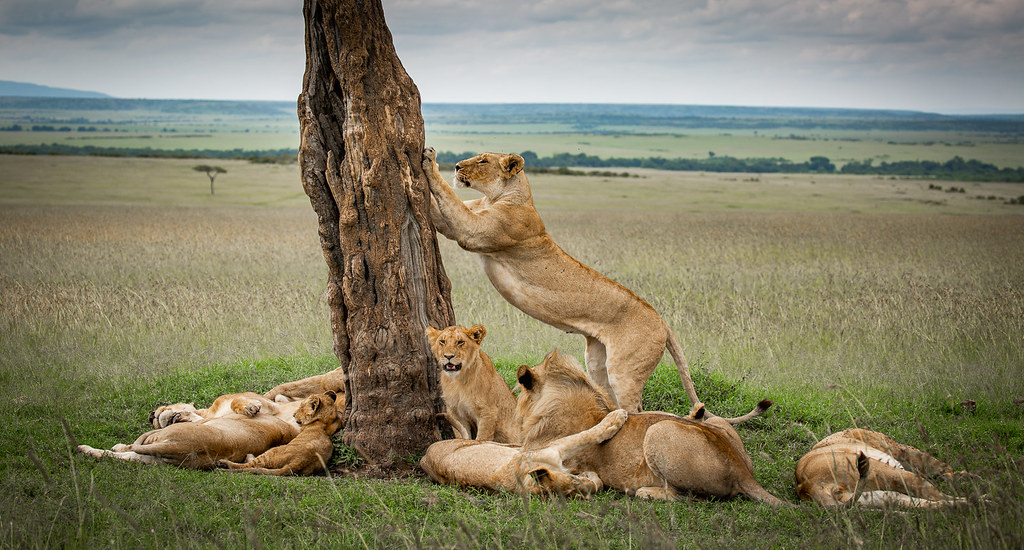
Maasai Mara National Reserve is in southwestern Kenya, along the Tanzanian border and it is an area of preserved savannah wilderness. It is named in honor of the ancestral inhabitants of this region i.e the Massai people and their description of the area when looked at from far away: “Mara,” which is Maa (Maasai language) for “spotted,” a perfect description for the circles of trees, scrub, savanna, and cloud shadows that mark the area. Its animals include lions, cheetahs, elephants, zebras, and hippos. Wildebeest traverse its plains during their annual migration. Approximately 470 species of birds have been identified in the park and most of them are migrants. Species such as eagles, storks, and vultures are among the more than 50 different birds of prey.
Address: Narok, Kenya
Area: 1,510 km²
Time: Open 24 hours
Serengeti National Park
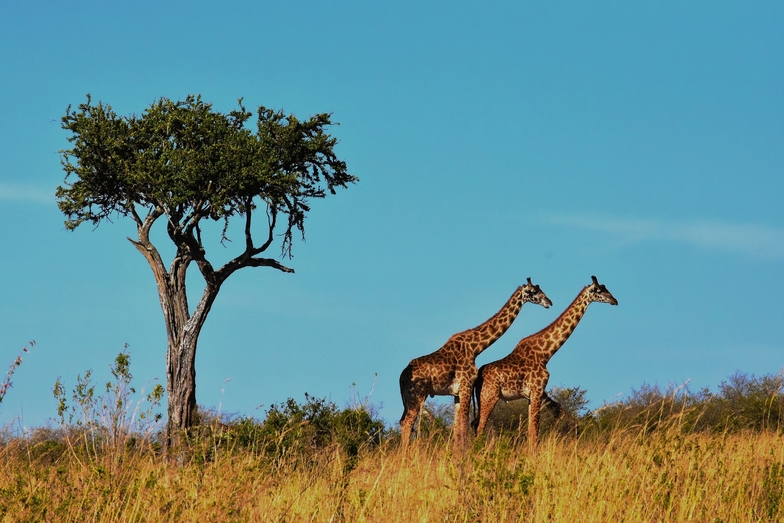
The Serengeti ecosystem in the Mara and Simiyu regions embrace the Serengeti National Park. This National Park in Tanzania is famous for its annual migration of more than 1.5 million white-bearded (or brindled) wildebeest and near about 250,000 Zebra and for its numerous Nile crocodile and honey badger.
The herds move north from their breeding grounds in the grassy southern plains in search of pastures. A large number of them cross the marshy western corridor’s crocodile-infested Grumeti River while others deviate towards the northeast to the Lobo Hills, home to black eagles. Black rhinos can be seen in the granite outcrops of the Moru Kopjes.
Wilderbeast migration can be seen during the dry season (from late June to October). The timing of the migration varies every year (the best chance of seeing it is during June and July).
Address: Tanzania
Area: 14,750 km²
Visitors: 350,000 per year
Kruger National Park
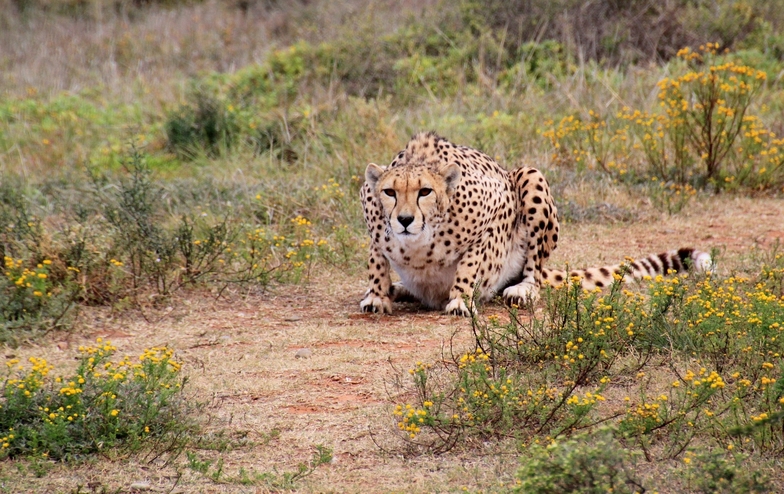
To the North-East of South Africa lies The Kruger National Park (KNP) that runs along the border of Mozambique in the east, Zimbabwe in the north, and the southern border is the Crocodile River. Here you can easily spot the Big 5: lions, leopards, rhinos, elephants, and buffalos. Numerous other mammals make their home here, as do diverse species of birds such as vultures, eagles, and storks. The landscape here comprises of mountains, bush plains, and tropical forests.
The best time to visit Kruger National Park is at the beginning or end of the region’s dry season, which falls between April and September.
Address: South Africa
Area: 19,485 km²
Time: Opens 6 AM Fri
Okavango Delta
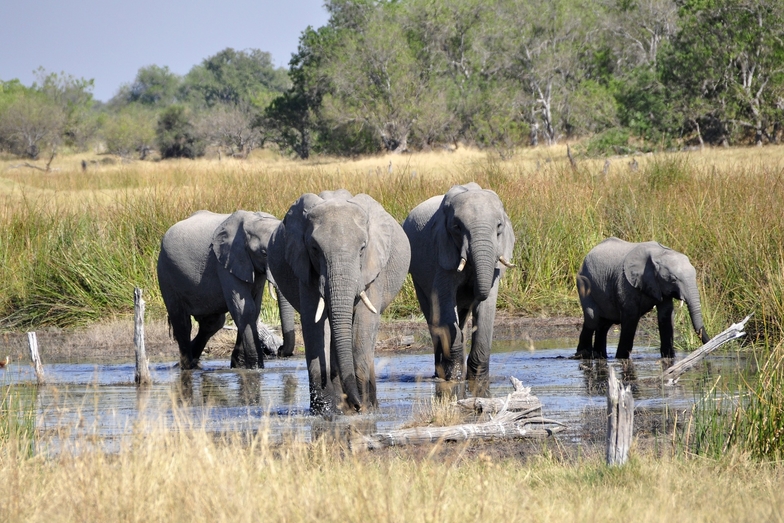
The Okavango Delta is one of the world’s largest inland deltas and is located in Botswana. While most river deltas usually lead to an ocean, the Okavango River empties onto open land, flooding the savanna and creating a unique and ever-changing inland delta. Between March and August, this delta swells almost three times in size between March and August.
Sprawling grassy plains best describes this delta, which floods seasonally, becoming a lush animal habitat. The east and central areas of the region are occupied by the Moremi Game Reserve.
Botswana’s most popular parks are the Okavango Delta, Moremi, and Chobe. The pleasant time to visit them is from May to September, during the Dry season and winter, resulting in more moderate temperatures.
People often canoe down the river to get a glimpse of hippos, elephants, and crocodiles. On the other hand, wildlife on land comprise lions, leopards, giraffes, and rhinos.
Location: Botswana
Area: 2,023,590 ha
Volcanoes National Park
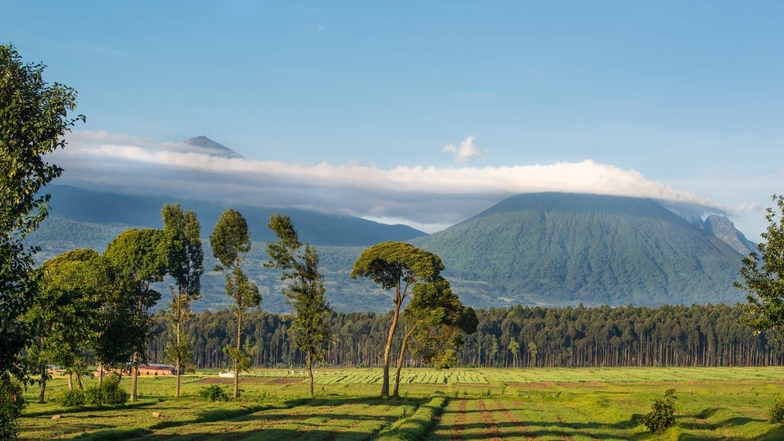
Volcanoes National Park is located to the far northwest of Rwanda and it protects the steep slopes of this magnificent mountain range – which is home of some of the vulnerable species such as the mountain gorilla and a rich mosaic of mountain ecosystems, which embrace evergreen and bamboo forest, open grassland, swamp, and heath.
The name of this National Park comes from the chain of dormant volcanoes that possibly make up the Virunga Massif: Karisimbi – the highest at 4,507m, Bisoke with its verdant crater lake, Sabinyo, Gahinga, and Muhabura.
Address: king, Ruhengeri, Rwanda
Area: 160 km²
Time: Opens 6 AM Fri
Etosha National Park
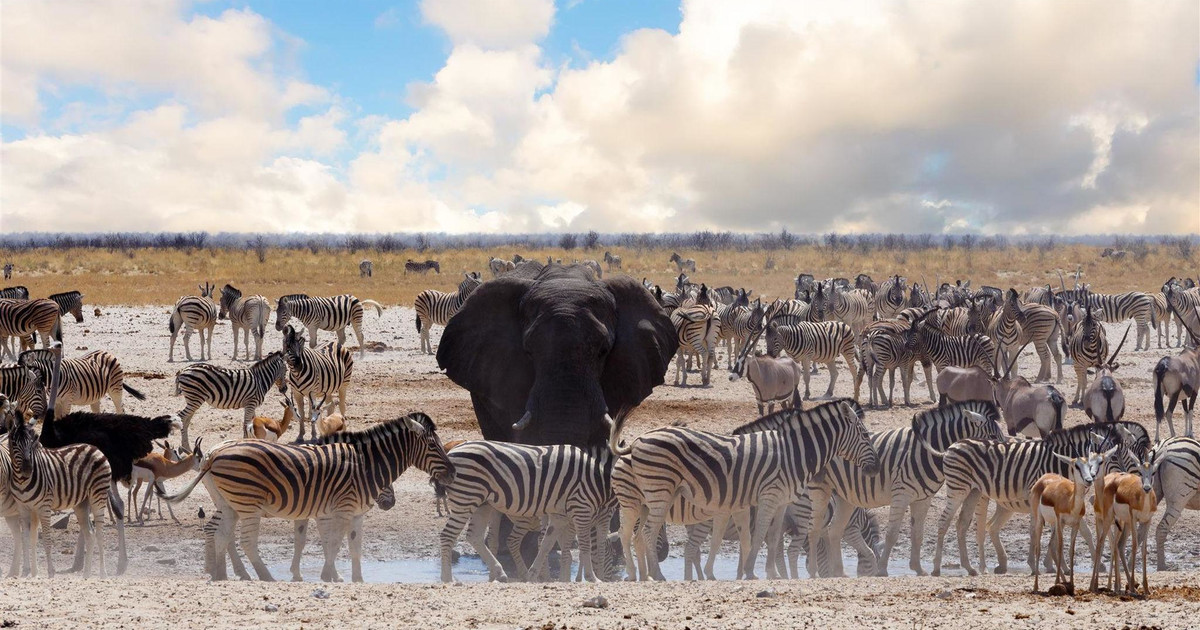
One of Southern Africa’s finest and most important Game Reserves is Etosha National Park. Etosha Game park covers an area of about 22270 sq km. It was declared as a National Park in 1907 and it is home to 114 species of mammals, 340 species of birds, 110 species of reptiles, 16 species of amphibians and astonishingly one species of fish.
Etosha Pan makes game viewing in Etosha a unique experience. The large mammals in Etosha National Park include lion, leopard, elephant, rhino, giraffe, wildebeest, cheetah, hyena, mountain and plains zebra, springbok, kudu, gemsbok, and eland.
Address: Namibia
Area: 22,270 km²
Visitors: 200000 (in 2010)
Bwindi Park
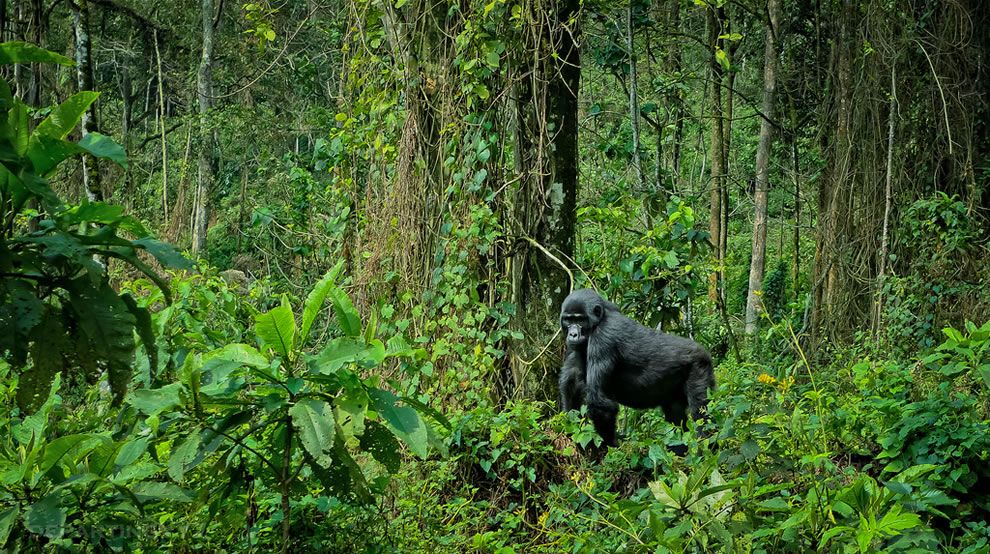
Bwindi Park lies to the South-Western part of Uganda, at the junction of the plain and mountain forests. Bwindi Park is known for its exceptional biodiversity, with more than 160 species of trees and over 100 species of ferns. A variety of birds and butterflies can all be spotted there along with some endangered species of the mountain gorillas. It is an abode to a lot of the world’s remaining mountain gorillas, who mainly feed on roots, leaves, and fruits from the trees available and also the fern species.
Address: Buhoma, Uganda
Area: 331 km²
Time : Opens 6AM Fri
Masoala National Park
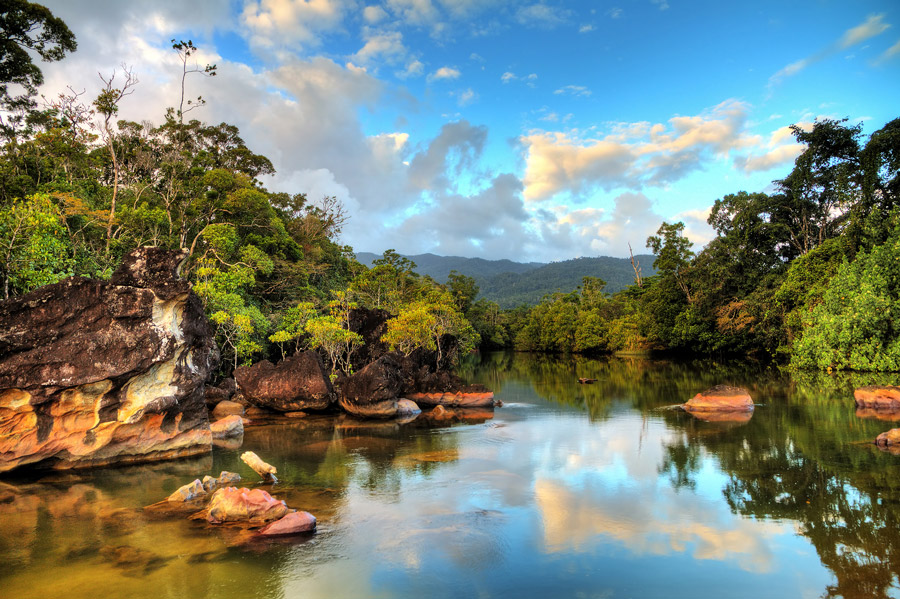
The Masoala National Park is situated in the Masoala peninsula which lies to the North-East of Madagascar. The peninsula is enclosed by the Indian Ocean in the east and Antongil Bay in the west.
The park was established in 1997 and it protects 2,300 square kilometers of rainforest and 100 square kilometers of marine parks. Masoala can be translated to the eye of the forest – maso meaning eye and ala meaning forest in Malagasy.
Spotting the black and white ruffed lemur and white-fronted brown lemur are also more likely on Nosy Mangabe, the special reserve located just 2 kilometers off the coast.
Address: Madagascar
Time :Opens 7:30AM Fri